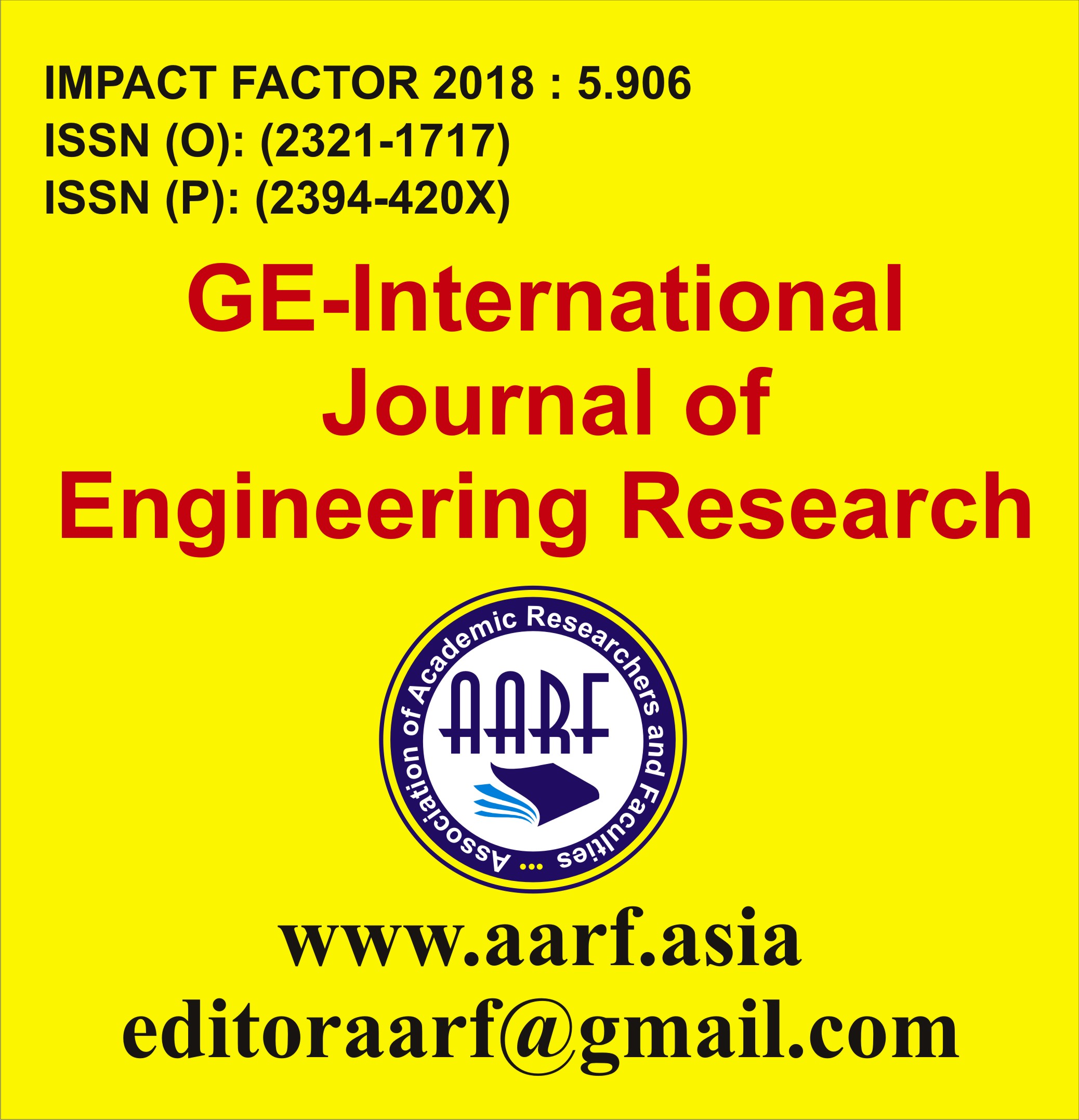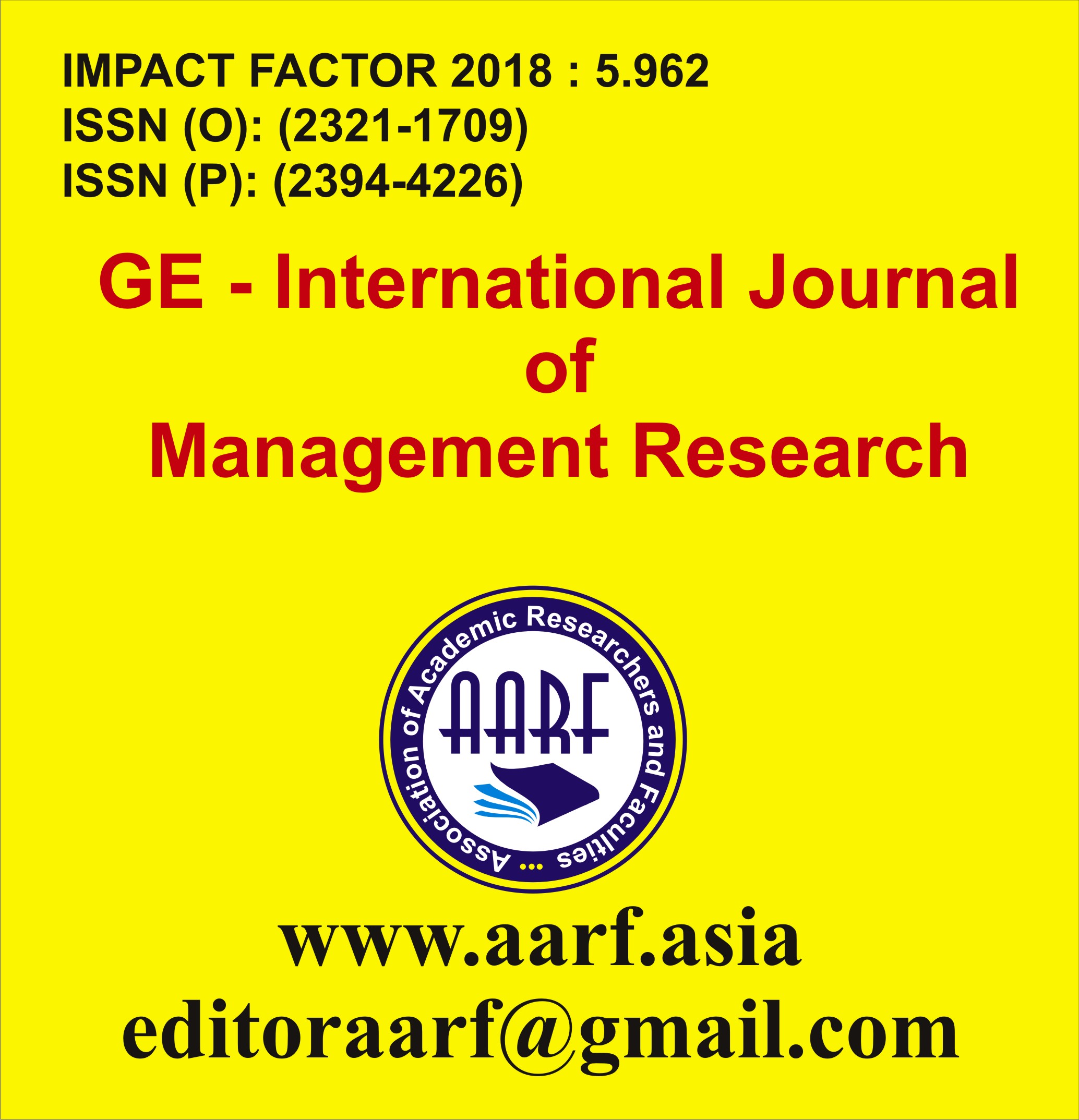
- Current Issue
- Past Issues
- Conference Proceedings
- Submit Manuscript
- Join Our Editorial Team
- Join as a Member

| S.No | Particular | Page No. | |
|---|---|---|---|
| 1 |
Dr. Lokesh KumarAbstract: |
|
1-11 |
| 2 |
Dr.Yogesh Babu Dixit Dr.Rakesh kumarAbstract: |
|
12-18 |
| 3 |
Rasmiprava Pattanaik and Dr. Ravinder Pal Singh,Abstract: |
|
30-36 |
| 4 |
Rasmiprava Pattanaik Dr. Ravinder Pal SinghAbstract: |
|
30-35 |
| 5 |
Dr S. K.GargAbstract: |
|
36-42 |
| 6 |
Syed Masood Ahmed Dr Aloke VermaAbstract: |
|
44-53 |





















